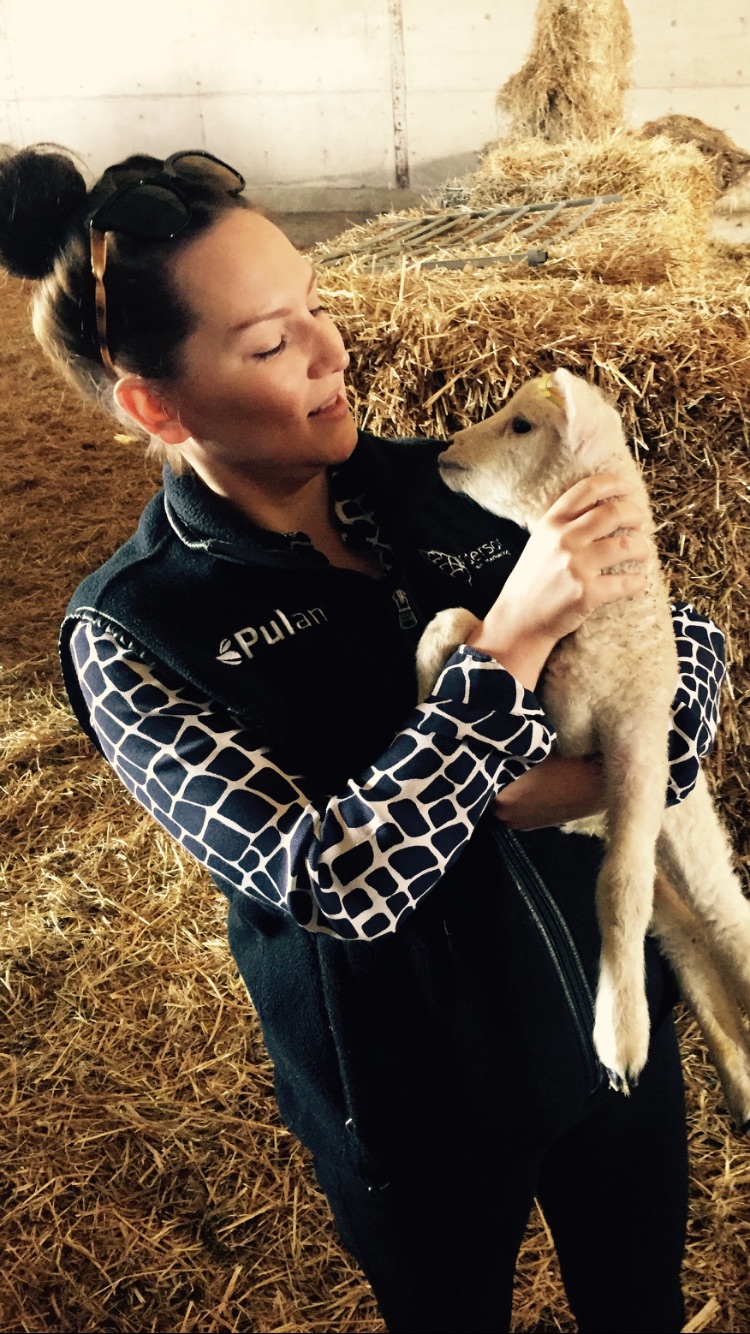Week Beginning Monday 1st April 2019
Posted by Anderson Grain Marketing on Apr 3, 2019 in AGM News | 0 comments
THIS MORNING’S LONDON LIFFE WHEAT FUTURES:
- MAY 2019 – £164.00/T (£0.50/T lower on the week, £4.00/T higher over the past three weeks)
- NOVEMBER 2019 – £147.50/T (£0.75/T lower on the week)
- MAY 2020 – £153.40/T (£1.90/T higher on the week)
- NOV 2020 – £148.85/T (£0.20/T lower on the week)
POUND Vs EURO
THIS MORNING – 1.1623
MONDAY 25TH MARCH – 1.1637
MONDAY 19TH MARCH – 1.1676
MONDAY 11TH MARCH – 1.1530
MONDAY 4TH MARCH – 1.1670
MONDAY 28TH FEB – 1.1526
MONDAY 11TH FEB – 1.1411
Following another extremely frustrating week with regards to Brexit, the grain market continues to be subdued as we await any further news.
Today, MP’s will resume their attempt to build a consensus around a way forward and break the deadlock between them. In the meantime, the whole trade remains in limbo – the buyers are very “hand to mouth” to avoid any long-term commitments whilst the farm sellers are reluctant to make any decisions with such a significant amount of uncertainty ahead.
There is a really useful article on the AHDB website this week regarding the UK’s relationship with the EU post-harvest and our potential export opportunities next season. It is definitely worth a read for anyone who has 5 minutes this morning:
Sterling has risen by 5.2% since the beginning of the year which has added significant pressure to both old and new crop markets. After reaching a 22-month high of 1.18 a couple of weeks ago, today’s value is slightly weaker which is slightly benefitting the old crop market.
Feed wheat for spot collection is valued at £165.00/T ex-farm this morning with limited buyer interest.
Milling wheat premiums remain firm although again, buyer interest is limited, and any opportunities should be worth some serious consideration. Last week, we secured trade for full specification group 1 varieties with a £25.00/T premium, whilst group 3 and 4 biscuit wheats achieved a £4.00/T premium. Please speak with the office to discuss your requirements.
Old crop feed barley is still suffering from a lack of demand on the commercial side, but some small farm to farm opportunities are available for those of you with grain still left in the shed.
The monetary difference between old and new crop wheat has narrowed from the record highs seen earlier in the season, but it remains above the five-year average. Feed wheat for harvest collection continues to trade in the region of £140.00/T ex-farm whilst movement before the end of the year can be negotiated in the region of £145.00/T ex-farm.
Globally, Ukrainian wheat exports are beginning to slow, allowing a European alternative to effectively compete. Recent Algerian and Ethiopian tenders for wheat were both secured by EU origin wheat from France, Germany and Eastern Europe.
Currently, the pace of EU wheat exports is down 11% year on year, but this was up to 25% towards the end of last year – perhaps we are finally seeing EU wheat exports recover from their slow start to the season?
Conditions remain favourable for a large Northern Hemisphere crop this year with EU production alone expected to increase by 15% from last year.
As for the UK specifically, AHDB have put the total area planted to wheat at 1.871 million hectares this season. Using this figure with an average yield, we could be looking at a crop of 15.5 million tonnes. If we use this figure within 5% of the average, we could be looking at a crop anywhere from 14.7 million tonnes to 16.3 million tonnes.
According to this year’s spring prospective planting report from the USDA, total US areas currently look like this:
- Corn planted acreage is 92.8 million acres, an increase of 4% from last year.
- Soybean planted acreage is 84.6 million acres, a decrease of 5% from last year.
- All wheat planted acreage is 45.8 million acres, a decrease of 4% from last year. This is the lowest all wheat planted area on record since records began in 1919.
However, heavy rainfall is forecast for the first few weeks of April throughout various Midwest and Southern states – where maize corn planting is due to commence any day. Although premature, trade rumours would already suggest that we could see a shift to soybean planting instead for those who will struggle to drill maize within a reasonable time frame. This will be worth considering over the coming weeks. The latest WASDE from the USDA will be available on the 9th April.
Whilst the above report may have given a slightly bullish tone to the market, the second report quickly quashed any price reaction.
The USDA also released their quarterly grain stocks (as of 1st March) report on Friday (29th March) and the current figures are as follows:
- Corn stocks in all positions are down 3% from the previous year. On farm stocks are 3% higher than the previous year.
- Soybean stocks in all positions are up 29% from the previous year. On farm stocks are a staggering 49% higher than the previous year, presumably due to the difficult trading conditions this year due to political uncertainty between the US and China.
- Wheat stocks in all positions are up 6% from the previous year. On farm stocks are 42% higher than the previous year.
